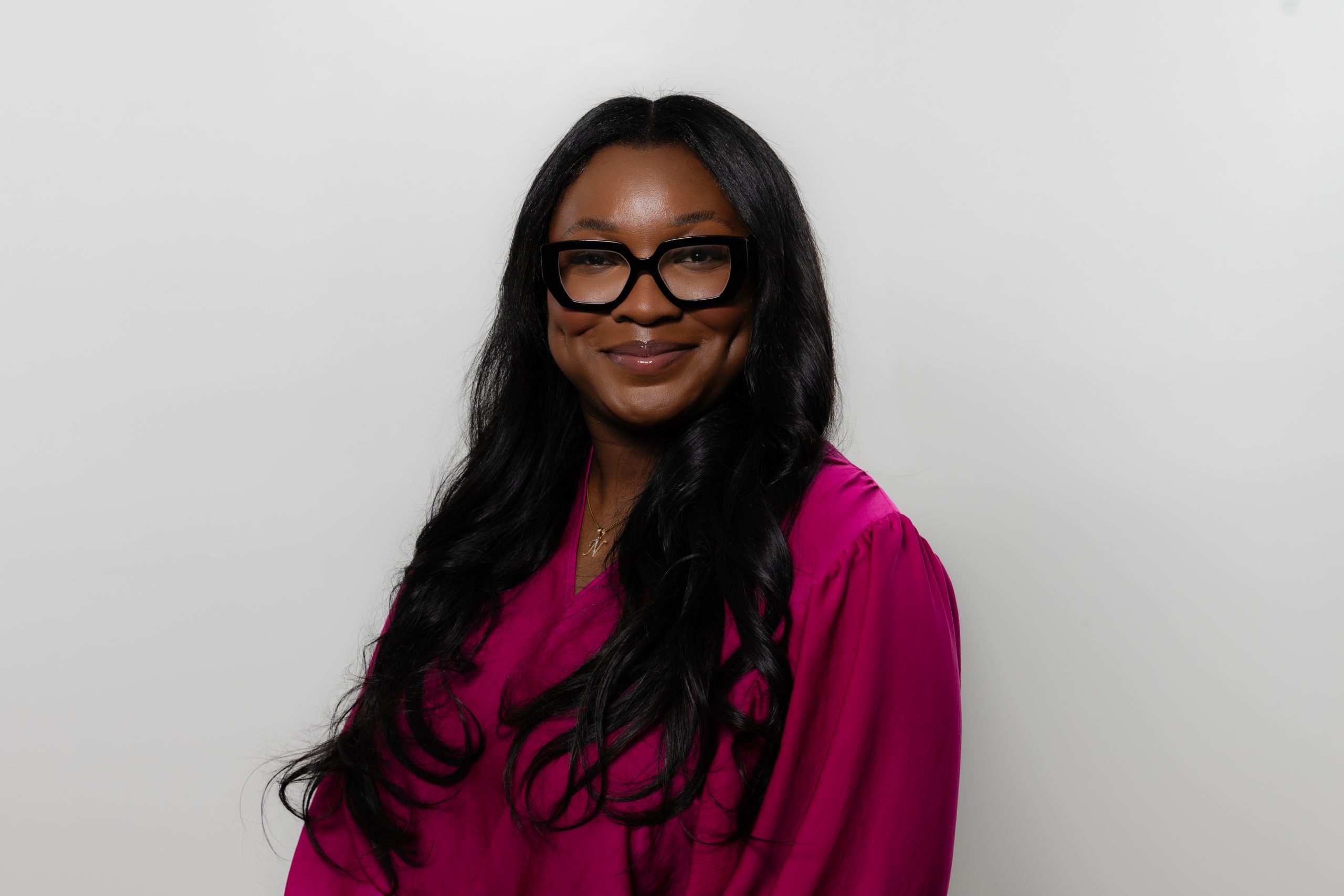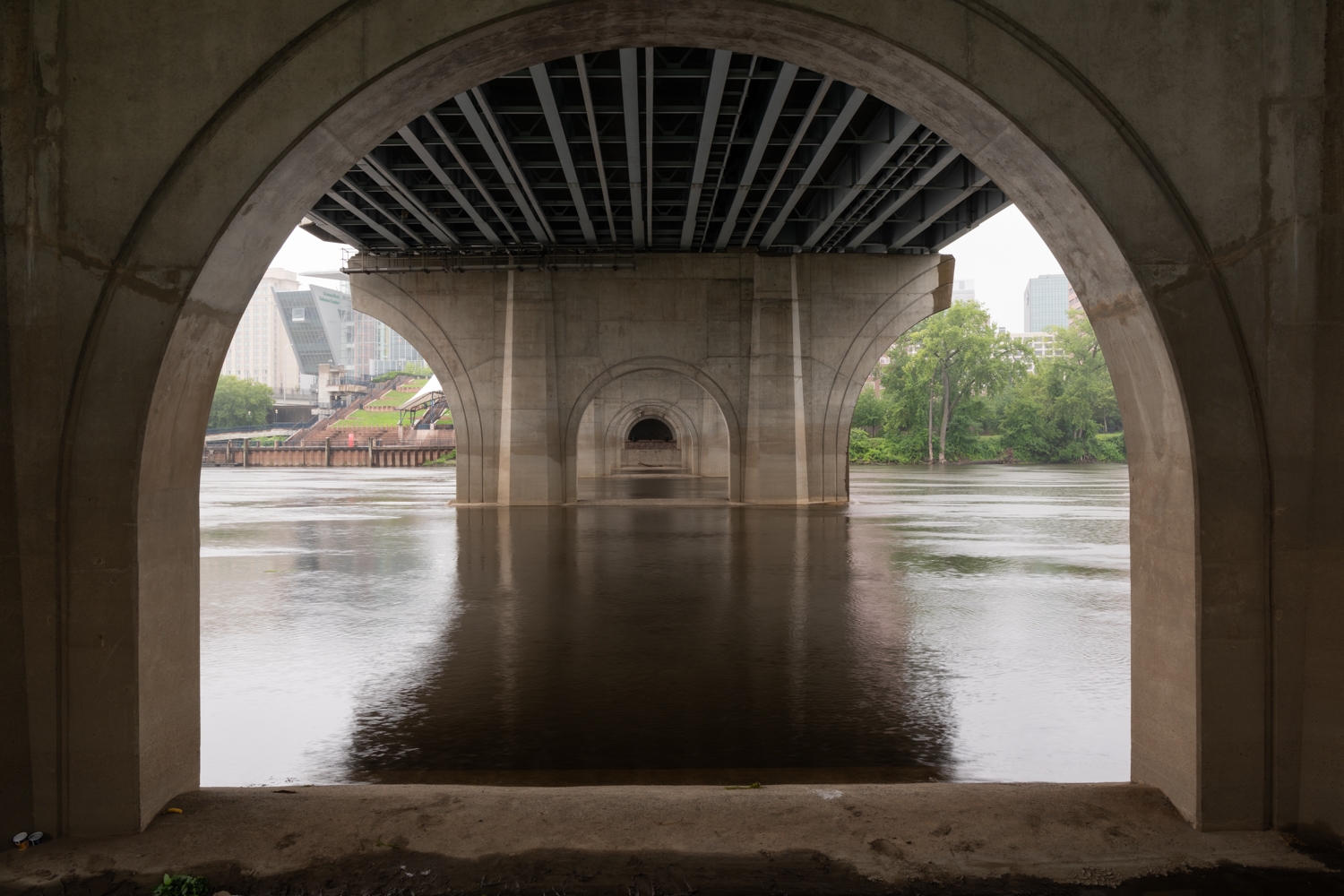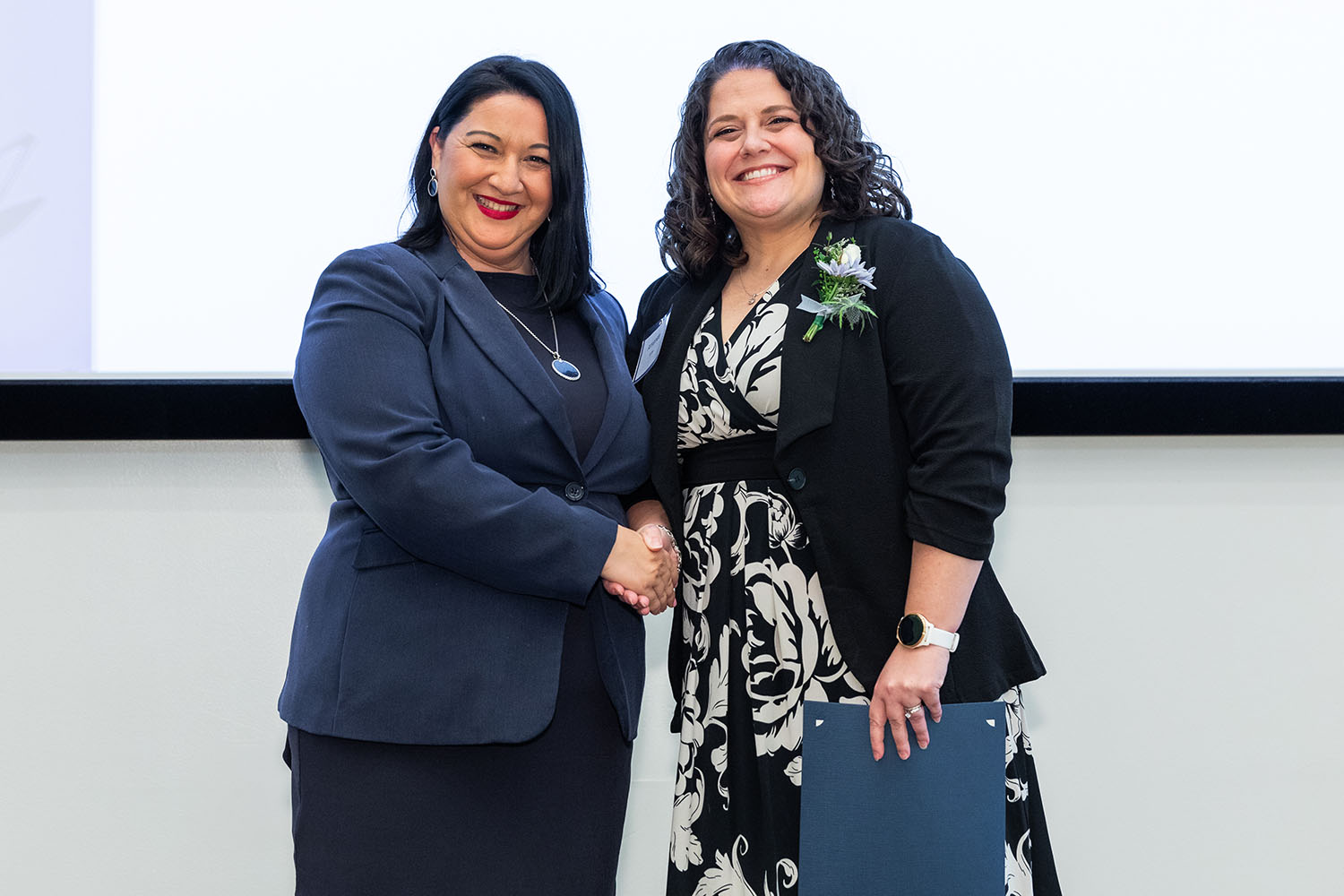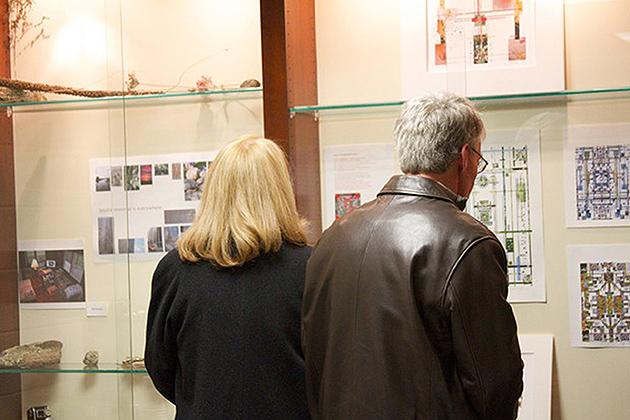
If the arts make a community, as Pamela Bramble says they do, then the Litchfield County Writers Project and its sister effort, the ARTS Project, are transforming that community into something more closely resembling an extended family.
Bramble ’90 (SFA), associate professor of art and art history at UConn’s Torrington Regional Campus in Litchfield County, oversees the ARTS Project (AP). She and her counterpart, Kathy Knapp, assistant professor of English and director of the Litchfield County Writers Project (LCWP), are taking these two already successful endeavors to a new level, thanks to the creative pulse that defines both the campus and the region.
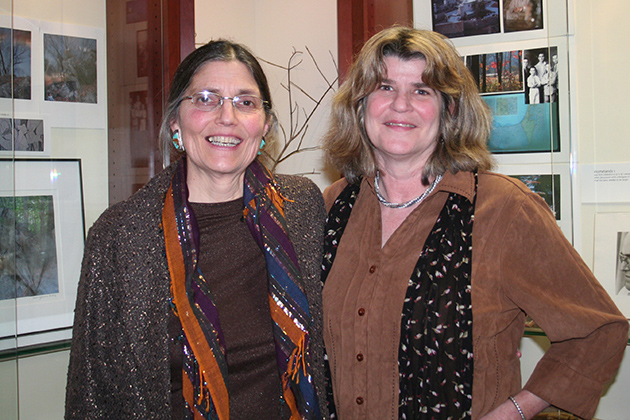
Torrington, with a population of approximately 36,000, is the largest city in Litchfield County. As with many other former mill towns throughout the northeast, it has struggled to find a new identity in the face of declining manufacturing opportunities. One way of doing this has involved embracing the arts, and that’s where UConn’s two programs enter the picture.
Judy DiLaurenzio, associate campus director and director of student services says, “The writers project came first. In the mid-90s, what were then called branch campuses were evolving into regional campuses. We were encouraged to carve out a special niche for ourselves that would make each of us special both to the University at large and to the individual communities where the campuses are located.”
“For us,” she says, “we were fortunate to be blessed by talent in every form. Throughout Litchfield County there are creative people in abundance – writers, visual artists, musicians – people who either live here year-round or who have second homes in the area. And we found that most of those people were more than willing to contribute their time and talent to our campus and to the community when they were asked. ”
The Writers Project
The Litchfield County Writers Project, which began in the mid-1990s, flourished under the guidance of poet, playwright, and novelist Davyne Verstandig, who teaches English and creative writing at the campus. During her tenure as director of the project from 2004 to 2012, writers of substance such as Arthur Miller, Roxana Robinson, Frank McCourt, Frank Delaney, Dani Shapiro, Charles Van Doren, and Francine du Plessix Gray made appearances. Some, like Delaney, became frequent return visitors.
Knapp, who was named LCWP director last year, says the writers project has recently moved its presentations from the campus to the Warner Theatre in downtown Torrington. This art deco building, which is listed on the National Register of Historic Places, opened on Aug. 19, 1931 as part of the Warner Bros. chain of movie theaters. It now operates as a mixed-use performing arts center, and its ‘black box’ theater provides a welcoming home to visiting writers who talk about their work and engage in conversation with the audience.
The venue is the primary artistic space in all of Litchfield County, according to DiLaurenzio, and the partnership between the town, the venue, and UConn is a strong one.
“By putting us right in the middle of Torrington, we become part of a growing arts community,” Knapp adds. “The location not only helps to build an audience for our writers, it shows everyone that UConn is more than ‘that little campus up the road.’ We really are part of the arts scene.”
The LCWP not only embraces the printed word, it includes other genres as well. In April of this year, for example, documentary film producer Harvey Hubbell will bring his acclaimed work, Dislecksia: The Movie, to the Warner.
“This is a great opportunity to get a local filmmaker to come and talk about a condition that affects as many as one in seven Americans,” Knapp says. “Harvey himself is dyslexic. His documentaries have won dozens film and video festival awards, including four Emmys. He’ll talk about making this documentary, and what it was like growing up with a disability that was, at best, poorly understood when he was a child. In addition to members of the community, we’ll also invite people from Literacy Volunteers, from Neag [School of Education] – anyone with an interest – to come together to talk about both the challenges people with dyslexia face every day and Harvey’s treatment of it on film.”
The ARTS Program
For Bramble, a commitment to UConn and the ARTS Project are natural outgrowths of her work as an artist and teacher.
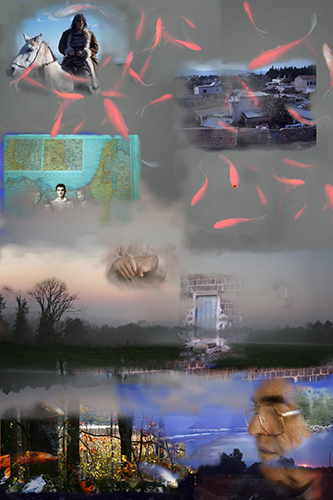
“The Project has grown to the point where we have artists booked through 2014,” she says, “and we’re fortunate that we have both our Brick Wall Exhibition Space and the Whitson Gallery.”
She notes that the Gallery is the result of an anonymous gift of $250,000 given to the Torrington Campus several years ago. It is named in honor of Robley E. Whitson, a retired priest, theologian, published poet, anthropologist, and visual artist from Litchfield County who has been a staunch supporter of the ARTS Project from the beginning and whose work has been exhibited on campus.
“The main tenet of ARTS Project is to showcase the creative process, and we do this in two ways. Of course we exhibit completed works of art – paintings, sculpture, photography – but we also show sketches, preliminary stages of particular works, source material, and even unfinished pieces,” Bramble says. “And then we have an opening reception which includes a talk where artists speak about their personal creative process, and then stay and talk about their work with our visitors.”
Currently on exhibit is Litchfield artist Marlow Shami’s show called “Homelands: The Personal and Collective Landscape Explored,” which features large, color digital montages, as well as pre-digital cameras, slides, prints from old negatives, journals, and stages of some of the finished works on display.
Shami’s work will be in place through April 10, and will be followed by a fall exhibit featuring the creative woodwork of Litchfield artist Richard Heys.
Institutional Pride
Bramble acknowledges that UConn’s Torrington Campus is small, but she says there’s a certain spirit that resonates among faculty, staff, and students.
“I think there’s a real sense of institutional pride,” she says, “and that extends out into the region. We have something special here that we’ve worked hard to cultivate over the years. Our students love it here, whether they stay for four years or transfer to Storrs. The community has embraced us and appreciates our role. It’s nice to be in an environment that is both intellectually stimulating and creatively fulfilling. I think we have the best of all worlds.”

